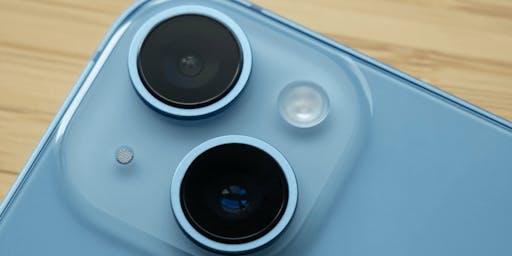Mastering the Art of Product Photography: 10 Pro Tips for E-commerce Success
Ways to ensure that your products are gathering attention among 100s of others.

In the highly visual world of e-commerce, the quality of your product photography can make or break your online business. High-quality, professional-looking product images not only showcase your items in the best light but also build trust with potential customers and can significantly boost your conversion rates. In this guide, we'll explore 10 pro tips to help you master the art of product photography and take your e-commerce listings to the next level.
1. Invest in a Good Camera (or Smartphone with a Quality Camera)

While professional DSLR cameras can produce stunning results, modern smartphones with high-quality cameras can also capture excellent product photos. The key is to use a device that can shoot in high resolution and allows for manual control over settings like focus and exposure. If you're using a smartphone, consider investing in clip-on lenses for more versatility.
2. Use Natural Lighting Whenever Possible
Natural light is your best friend when it comes to product photography. It's free, readily available, and provides a soft, even illumination that flatters most products. Set up your shooting area near a large window, ideally with diffused light (you can use a sheer curtain to soften harsh sunlight). If natural light isn't an option, invest in a good set of soft box lights to mimic natural lighting conditions. You can also use Blend's AI Photoshoot to do this well instead of breaking your waller.
3. Create a Simple, Clean Backdrop

A clean, distraction-free background ensures that your product remains the star of the show. White seamless paper or a lightbox can work wonders for smaller products. For larger items, consider using a neutral-colored wall or a large sheet of paper or fabric. Remember, the focus should always be on your product, not the background. Blends AI Background Remover and AI Photoshoot helps you replace any noise background that you may have with simple light backgrounds.
4. Showcase Your Product from Multiple Angles
Don't settle for just one photo per product. Customers want to see what they're buying from all sides. Provide multiple shots from different angles – front, back, sides, and any other views that showcase important features or details. This approach helps customers feel more confident in their purchase decision.
5. Include Scale References for Size Context
It can be challenging for online shoppers to gauge the size of a product from photos alone. Including a common object for scale (like a coin, pen, or ruler) in at least one of your product shots can provide valuable context. Alternatively, you can show the product in use to give a sense of its size.
6. Capture Important Details and Textures
Close-up shots that highlight the texture, material, or intricate details of your product can be very effective. These images help customers get a better feel for the quality and craftsmanship of your items. Use macro mode on your camera or a macro lens attachment for smartphones to capture these details clearly.
7. Maintain Consistency Across Your Product Line
Consistency in your product photography creates a professional look for your brand and makes your online store more visually appealing. Try to maintain the same style, background, and lighting across all your product photos. This consistency helps create a cohesive brand image and makes your online store look more polished and professional.
8. Use Props Thoughtfully to Create Context

While the focus should always be on your product, thoughtfully chosen props can help create context and tell a story. For example, if you're selling kitchenware, you might include some fresh ingredients in the background. Just be sure that any props you use complement rather than compete with your product.
9. Edit Your Photos Professionally
Even the best-shot photos often benefit from some post-processing. Adjust the brightness, contrast, and color balance to ensure your product looks its best. Remove any distracting elements in the background. However, be careful not to over-edit – your goal is to present your product accurately, not to mislead customers.
For efficient and professional-looking results, consider using AI-powered editing tools like Blend. These tools can help you remove backgrounds, adjust lighting, and even create lifestyle contexts for your products quickly and easily.
10. Optimize Images for Web Without Losing Quality
While high-resolution images are great for capturing detail, they can slow down your website if not optimized properly. Use image compression tools to reduce file sizes without noticeably affecting quality. Also, ensure your images are responsive, so they look good on both desktop and mobile devices.
Consider using a tool like Blend that can automatically optimize your images for web use, ensuring fast load times without sacrificing image quality.
Conclusion
Mastering product photography is an ongoing process, but implementing these tips will significantly improve the quality of your e-commerce listings. Remember, your product photos are often the first (and sometimes only) chance you have to make an impression on potential customers. By investing time and effort into creating high-quality, professional-looking product images, you're investing in the success of your e-commerce business.
With practice and the right tools, you can create stunning product photos that not only showcase your items beautifully but also drive sales and set your brand apart in the competitive e-commerce landscape. Happy shooting!